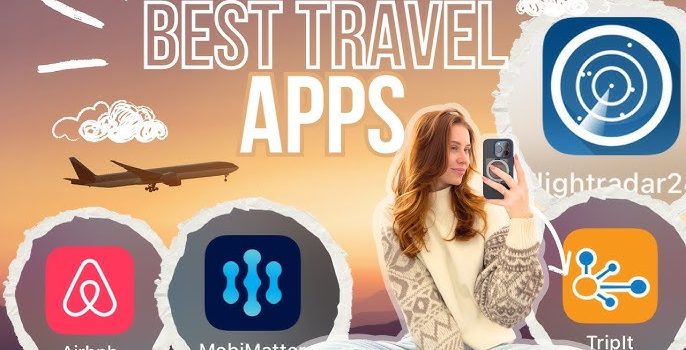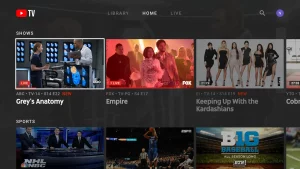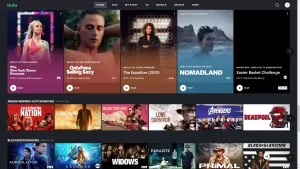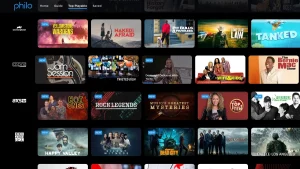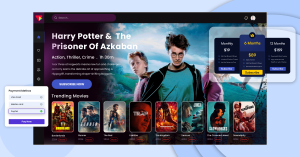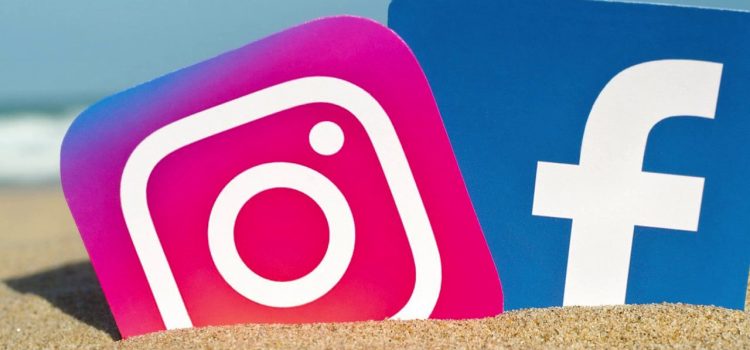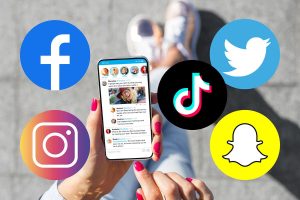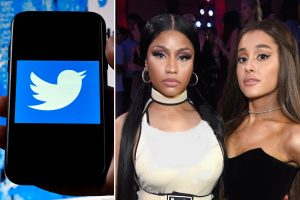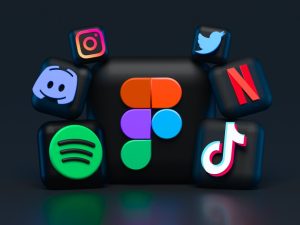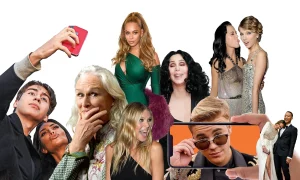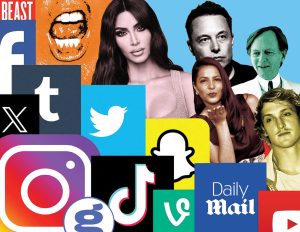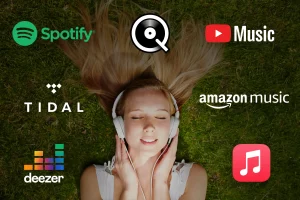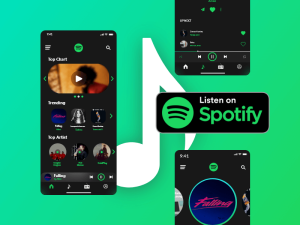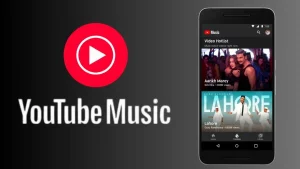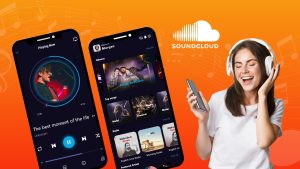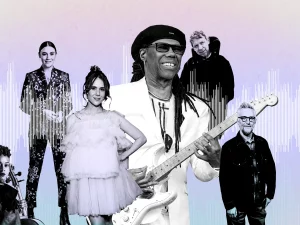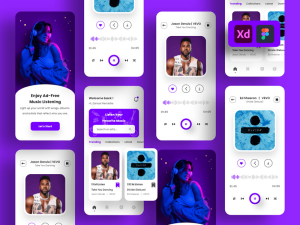
Introduction
Investing in stocks can help you grow your money over time. However, for beginners, it may seem overwhelming due to the complexities involved. Learning about investment strategies, different types of stocks, and market trends can help you make smart choices. This knowledge can also help you grow your money over time.
If you are new to investing, this guide will explain the fundamentals of stock investing, risk management techniques, and useful strategies to get started. With proper knowledge and patience, you can navigate the stock market and work toward financial stability.
Why Invest in the Stock Market?

Some people are afraid to invest in stocks because of risks, but the rewards can be worth it.
Key Benefits of Stock Market Investing
- Wealth Growth: Long-term investments in stocks generally provide higher returns than savings accounts.
- Passive Income: Many stocks pay dividends, offering a source of regular income.
- Inflation Protection: Stocks have historically outpaced inflation, preserving purchasing power.
- Diversification: A balanced stock portfolio can help manage risks.
Understanding the Basics of Stock Investing

Before investing, it is crucial to understand the basic terms and concepts associated with the stock market.
What Are Stocks?
Stocks, also known as shares or equities, represent ownership in a company. When you buy a stock, you own a part of that company and may benefit from its profits.
Types of Stocks
- Common Stocks: Provide voting rights and potential dividends.
- Preferred Stocks: Offer fixed dividends but limited voting rights.
- Growth Stocks: Companies expected to grow rapidly, reinvesting profits instead of paying dividends.
- Dividend Stocks: Companies that regularly pay dividends, offering a stable income.
Stock Exchanges
The stock market operates through various stock exchanges, where investors buy and sell shares. The most well-known stock exchanges include:
- New York Stock Exchange (NYSE)
- Nasdaq
- London Stock Exchange (LSE)
- Tokyo Stock Exchange (TSE)
How to Start Investing in the Stock Market

If you are a beginner, follow these step-by-step guidelines to get started with stock investing.
1. Set Clear Investment Goals
Before you invest, determine your financial goals. Are you investing for retirement, wealth accumulation, or passive income? Your goals will determine your investment strategy and risk tolerance.
2. Choose the Right Investment Account
To buy stocks, you need to open a brokerage account. There are different types of accounts available:
- Traditional Brokerage Accounts: Allow stock trading with full control over investments.
- Retirement Accounts (IRA, 401(k): Offer tax advantages but limit early withdrawals.
3. Select a Reliable Stockbroker
Choosing a trustworthy stockbroker is crucial. Consider the following factors:
- Commission Fees: Look for low or zero-commission platforms.
- Trading Tools: Ensure the broker offers research tools and educational resources.
- Customer Support: Reliable customer service is essential for beginners.
4. Understand Different Investment Strategies
There are several investment strategies you can follow depending on your risk tolerance and financial goals.
- Buy and Hold: Investing in stocks for the long term, ignoring short-term market fluctuations.
- Dividend Investing: Investing in companies that pay regular dividends for passive income.
- Value Investing: Buying undervalued stocks that have growth potential.
- Index Fund Investing: Investing in funds that track stock indices like the S&P 500 for diversification.
Managing Risks in the Stock Market

Investing always comes with risks, but proper risk management can help protect your portfolio.
1. Diversify Your Portfolio
Do not invest all your money in a single stock. Spread your investments across different industries, asset types, and regions to minimize risks.
2. Start Small and Invest Regularly
Instead of investing a large sum at once, start with small amounts and invest consistently through dollar-cost averaging (DCA). This strategy helps reduce the impact of market volatility.
3. Stay Informed and Do Research
Following market trends and company news can help you invest wisely. Follow financial news, earnings reports, and expert analysis to stay updated.
Common Mistakes Beginners Should Avoid

Many beginners make mistakes that can harm their investments. Here are some key pitfalls to avoid.
1. Emotional Investing
Making investment decisions based on emotions rather than logic often leads to losses. Stick to your strategy and avoid panic selling.
2. Ignoring Fees and Taxes
Some brokerage accounts have hidden fees. Be aware of transaction fees, management fees, and capital gains taxes to maximize profits.
3. Investing Without a Plan
Having a plan helps you stay on track. Without a clear plan, you may end up making impulsive decisions that could hurt your financial goals.
The Value of Patience
Patience is very important when investing in the stock market. Many new investors expect quick results, but real growth takes time. Stocks may go up and down in the short term, but staying patient can help you see better returns over the long term. It’s essential to stick to your investment plan and avoid the temptation to sell during market drops. Remember, investing is a journey, not a race.
The Impact of Economic News
Economic news can greatly affect the stock market. Reports on job growth, inflation, and interest rates can influence how investors feel about the market. For example, positive news about the economy can lead to rising stock prices, while negative news can cause prices to fall. Staying informed about economic events and understanding how they impact the market can help you make smarter investment choices.
Setting a Budget for Investing

Creating a budget for investing is a smart way to manage your money. Decide how much money you can comfortably invest each month without affecting your daily expenses. This budget will help you stay on track and avoid overspending. It’s essential to invest only what you can afford to lose, especially as a beginner. Having a clear budget will help you invest more confidently.
Starting with Small Investments
If you are new to investing, start with small amounts of money. This helps you learn without taking big risks. You don’t need a lot of money to begin many platforms allow small investments. Over time, you can increase your investment as you gain more confidence and experience.
The Importance of Reviewing Your Investments
Regularly reviewing your investments is crucial for long-term success. Take time to check how your stocks and funds are performing and see if they still align with your goals. If you find that some investments are not doing well, consider whether it’s time to sell or hold on longer. This regular review will help you make necessary adjustments and keep your investment strategy on track.
Building Confidence as an Investor
As you gain more knowledge and experience, your confidence as an investor will grow. Start with small investments and gradually increase your portfolio as you learn more about the market. Remember that every investor makes mistakes, and that’s okay. Use these experiences as opportunities to learn and improve your skills. The more you invest and understand the stock market, the more comfortable you will become with making decisions about your money.
Seeking Professional Advice

If you feel unsure about investing, seeking help from a financial advisor can be a smart move. A financial advisor can help you create a personalized investment plan based on your goals, risk tolerance, and financial situation. They can also offer advice on which investments might be right for you. While there may be fees for their services, their expertise can help you make more informed choices.
The Power of Compound Growth
One of the biggest benefits of investing is compound growth. This means that your money can grow over time because of reinvested earnings. For example, if you earn money from a stock and reinvest it, you can make even more money in the future. The longer you invest, the more your money can grow.
Choosing the Right Time to Invest
Many people wonder when is the best time to invest. The truth is, no one can predict the perfect moment. Instead of waiting, it’s often better to start investing as soon as possible. Even small amounts can grow over time. The most important thing is to stay consistent and keep investing regularly.
Learning from Successful Investors

There are many famous investors, like Warren Buffett, who have shared their knowledge. Reading books and watching interviews with experienced investors can teach you valuable lessons. They often talk about patience, research, and the importance of long-term investing. Learning from their strategies can help you make better choices.
Keeping a Positive Mindset
Investing can be exciting, but it also has challenges. Sometimes, stocks will drop, and you may feel worried. It’s important to stay positive and focus on the bigger picture. Remember that the market always has ups and downs, but with patience and smart decisions, you can succeed in the long run.
Challenges of Stock Market Investing
While investing in the stock market can be rewarding, it also comes with challenges. One of the biggest challenges is market volatility, where stock prices can change quickly. This can make it hard for investors to decide when to buy or sell. Additionally, beginners may struggle with understanding complex investment terms and strategies. Lastly, some investors may make emotional decisions, leading to losses instead of gains.
The Future of Stock Market Investing

The future of stock market investing looks promising. With advancements in technology, such as apps and online platforms, investing is becoming more accessible to everyone. Moreover, the trend of using artificial intelligence and data analysis can help investors make better decisions. As more people become interested in investing, financial education will also grow, allowing beginners to navigate the market with confidence.
Comparative Table: Investment Strategies
| Strategy | Best For | Risk Level | Key Benefits |
|---|---|---|---|
| Buy and Hold | Long-term investors | Low to Medium | Compounds wealth over time |
| Dividend Investing | Passive income seekers | Low to Medium | Generates regular income |
| Value Investing | Bargain seekers | Medium to High | Focuses on undervalued stocks |
| Index Fund Investing | Diversification | Low | Tracks market performance |
Conclusion
Investing in the stock market as a beginner may seem challenging, but with the right knowledge, strategy, and discipline, it can lead to long-term financial success. Start by learning the basics, choosing a reliable broker, and diversifying your portfolio to manage risks effectively. Remember to diversify your portfolio, manage your risks, and avoid common mistakes. By doing this, you can build a strong financial future and work towards generating passive income through smart investments.
Call to Action
Are you ready to start your investment journey? Open a brokerage account today and begin building your financial future. Let us know your thoughts or experiences in the comments below!









